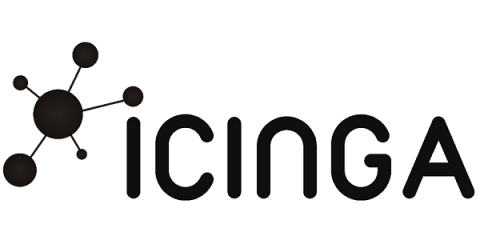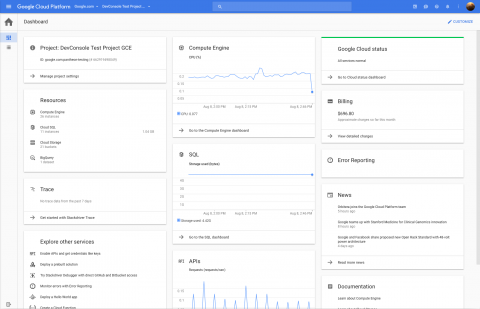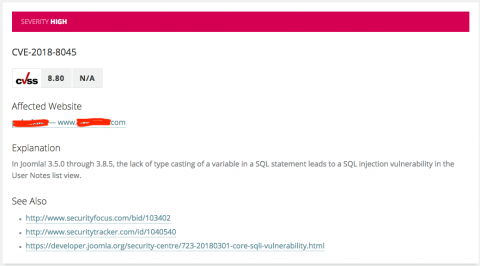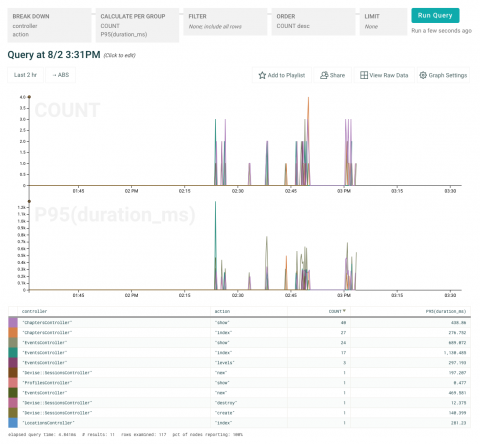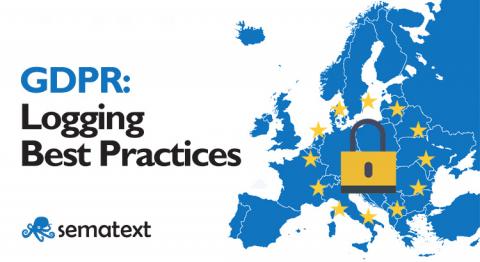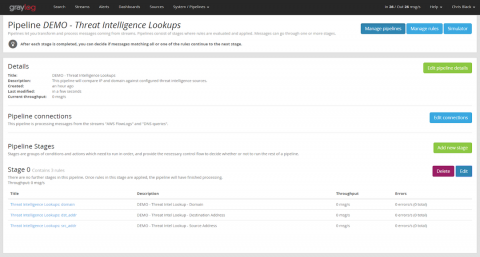Operations | Monitoring | ITSM | DevOps | Cloud
Blog
Combining Log Analysis with Continuous Delivery to Reduce Release Cycle Times
One of the biggest challenges in the field of log analysis is being able to connect the dots and understand the underlying story connecting them. Applications and machines are generating an increasing amount of log data, making it extremely difficult to separate the wheat from the chaff.
Icinga Monthly Snap April: Berlin Meetup, Releases and Themes
April brought us new bugfix releases of Icinga 2 v2.8 and Icinga Web v2.5. Carsten released new versions for the Grafana module for Icinga Web 2.
Announcing Stackdriver Kubernetes Monitoring: Comprehensive Kubernetes observability from the start
Today, we are excited to announce the beta release of Stackdriver Kubernetes Monitoring, which lets you observe Kubernetes in a comprehensive fashion, simplifying operations for both developers and operators.
Joomla! CMS Vulnerability Scanner
WordPress may power the majority or the internet, but Joomla! is the second most popular CMS on the planet, representing 6.1% of all known CMS websites. So we felt it was important to integrate it directly into our external website security and vulnerability scanner. Sitting alongside special checks for WordPress, Drupal and SilverStripe websites, we scan potential issues with the core version of Joomla! and any plugins installed.
Instrument Your Rails Apps Automatically With Honeycomb's New Rails Integration
You’ve always been able to get observability for your Ruby apps by instrumenting them with our SDK, affectionately known as libhoney. Unfortunately, instrumenting code you’ve already written is nobody’s favourite job. If only there were some way to automate the repetitive parts, so you could get instant insight into what your app is doing in production, and then focus your effort on augmenting that insight with the information that’s unique to your app!
GDPR: Top 5 Logging Best Practices
The rather broad definition of personal data in the GDPR requires paying special attention to log data. GDPR and personal data in web server logs is a popular topic in many GDPR fora. For example, IP addresses or cookies might be considered personal data. Consequently, such data must be stored only with the consent of customers for a limited time. It is highly recommended to anonymize personal data before you hand over the logs to any 3rd party to minimize risk.
Integrating Threat Intelligence with Graylog
In my last post, I gave a high-level overview how to select a threat intelligence vendor and how to integrate indicators of compromise (IOCs) into your SIEM or log management environment. In this post, I will describe in detail how to use the Threat Intelligence plugin that ships with Graylog. I’ll start with the steps necessary to prepare your data, then explain how to activate the feature and how to configure it for use.
Be GDPR Ready: Prepare Your Log Data
Organizations both small and large that deal with personal data must be compliant with GDPR rules. At Coralogix, we’ve been working hard to be prepared for GDPR. Preparing your data for GDPR can be a daunting task, so we thought we’d shed some light on the issue.
Monitoring Websites – Create Web Trackers
Have any of your website or web applications gone down, been hacked, or defaced? When and how did you find out? In this post, we will show you how Netmon monitors your websites (or web applications) in our complete Network Monitoring Solution.




